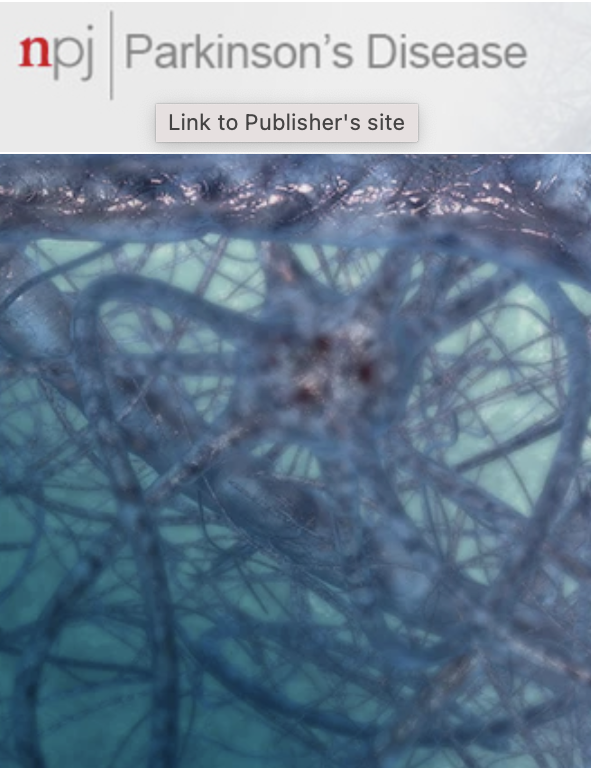在大型动物模型中评估亚致死γ辐射暴露后黑质中的帕金森病生物标志物。
IF 8.2
1区 医学
Q1 NEUROSCIENCES
引用次数: 0
摘要
特发性帕金森病(iPD)涉及遗传和环境因素,包括电离辐射。虽然高剂量辐射可诱导神经变性,但低剂量辐射(LDR)的影响尚不清楚。本研究考察了单次急性全身LDR暴露(1.79 Gy)对猪(一种与人类非常相似的大型哺乳动物模型)黑质(SN)的影响。14只雄性Göttingen迷你猪被分为放射组(RAD, n = 6)和假组(SH, n = 8)。我们分析了ipd相关标记(α-突触核蛋白、磷酸化α-syn、酪氨酸羟化酶)、PD遗传标记(LRRK2、GBA、VPS13C、Cathepsin D)、神经炎症(GFAP)和线粒体蛋白(ATP5A、SDHB、NDUF8)。在RAD和SH动物之间没有观察到明显的分子、组织学或免疫组织化学差异。未检测到LRRK2,未发现结构损伤或神经胶质改变。这些发现表明,单次急性LDR暴露不会引起猪SN中pd相关的短期改变,尽管长期或累积效应值得进一步研究。本文章由计算机程序翻译,如有差异,请以英文原文为准。
Evaluating Parkinson's disease biomarkers in substantia nigra following sublethal γ-radiation exposure in a large animal model.
Idiopathic Parkinson's Disease (iPD) involves genetic and environmental factors, including ionizing radiation. While high-dose radiation induces neurodegeneration, the effects of low-dose radiation (LDR) remain unclear. This study examined the impact of a single acute total-body LDR exposure (1.79 Gy) on the substantia nigra (SN) of swine, a large mammal model closely resembling humans. Fourteen male Göttingen minipigs were assigned to radiation (RAD; n = 6) or sham (SH; n = 8) groups. We analyzed iPD-related markers (α-synuclein, phosphorylated α-syn, tyrosine hydroxylase), genetic PD markers (LRRK2, GBA, VPS13C, Cathepsin D), neuroinflammation (GFAP), and mitochondrial proteins (ATP5A, SDHB, NDUF8). No significant molecular, histological, or immunohistochemical differences were observed between RAD and SH animals. LRRK2 was undetectable, and no structural damage or neuroglial changes were found. These findings suggest that single acute LDR exposure does not elicit short-term PD-related alterations in the SN of swine, although long-term or cumulative effects warrant further investigation.
求助全文
通过发布文献求助,成功后即可免费获取论文全文。
去求助
来源期刊

NPJ Parkinson's Disease
Medicine-Neurology (clinical)
CiteScore
9.80
自引率
5.70%
发文量
156
审稿时长
11 weeks
期刊介绍:
npj Parkinson's Disease is a comprehensive open access journal that covers a wide range of research areas related to Parkinson's disease. It publishes original studies in basic science, translational research, and clinical investigations. The journal is dedicated to advancing our understanding of Parkinson's disease by exploring various aspects such as anatomy, etiology, genetics, cellular and molecular physiology, neurophysiology, epidemiology, and therapeutic development. By providing free and immediate access to the scientific and Parkinson's disease community, npj Parkinson's Disease promotes collaboration and knowledge sharing among researchers and healthcare professionals.
 求助内容:
求助内容: 应助结果提醒方式:
应助结果提醒方式:


